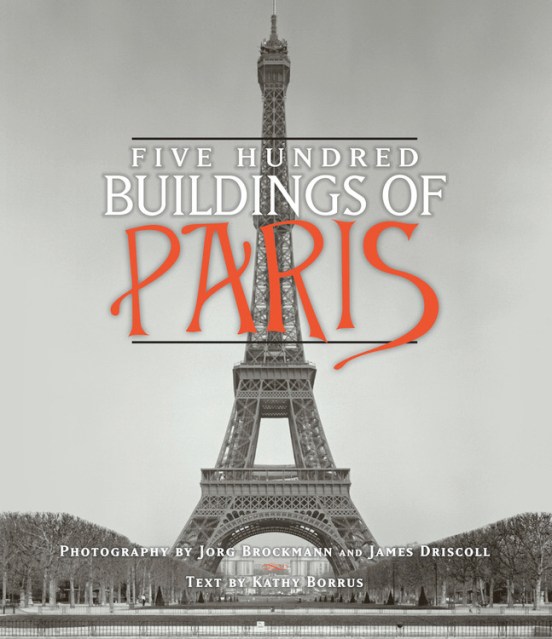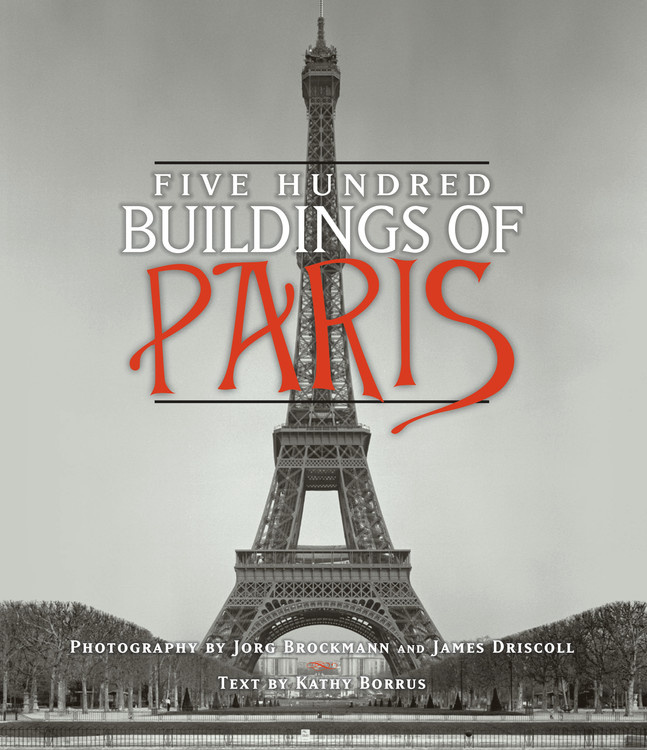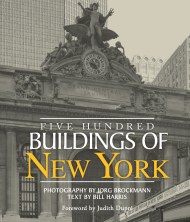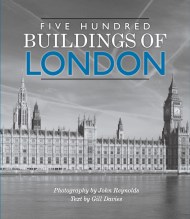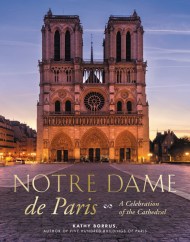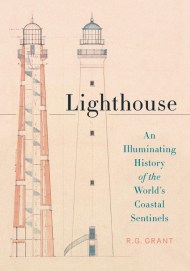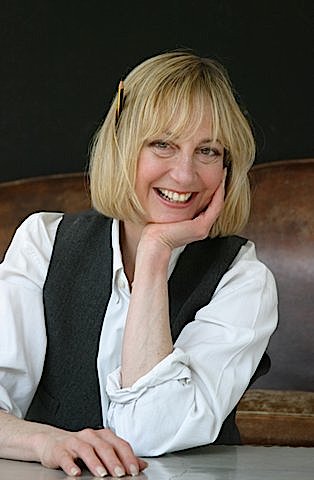Promotion
Use code MOM24 for 20% off site wide + free shipping over $45
Five Hundred Buildings of Paris
Contributors
By Kathy Borrus
Photographs by Jorg Brockmann
Photographs by James Driscoll
Formats and Prices
Price
$19.99Price
$23.99 CADFormat
Format:
- Trade Paperback $19.99 $23.99 CAD
- ebook $12.99 $16.99 CAD
This item is a preorder. Your payment method will be charged immediately, and the product is expected to ship on or around September 15, 2010. This date is subject to change due to shipping delays beyond our control.
Also available from:
This inspiring photographic journey through the City of Lights features the greatest buildings, monuments, and structures of Paris, organized by neighborhood. Each building is featured in a rich, fine-resolution duotone photograph. Information including the building’s name, its address and location, and year of completion or renovation is included underneath the image. A brief description of each building, which highlights its distinctive features and places it in historical context, is included at the back of the book.
Genre:
- On Sale
- Sep 15, 2010
- Page Count
- 608 pages
- Publisher
- Black Dog & Leventhal
- ISBN-13
- 9781579128586
Newsletter Signup
By clicking ‘Sign Up,’ I acknowledge that I have read and agree to Hachette Book Group’s Privacy Policy and Terms of Use
